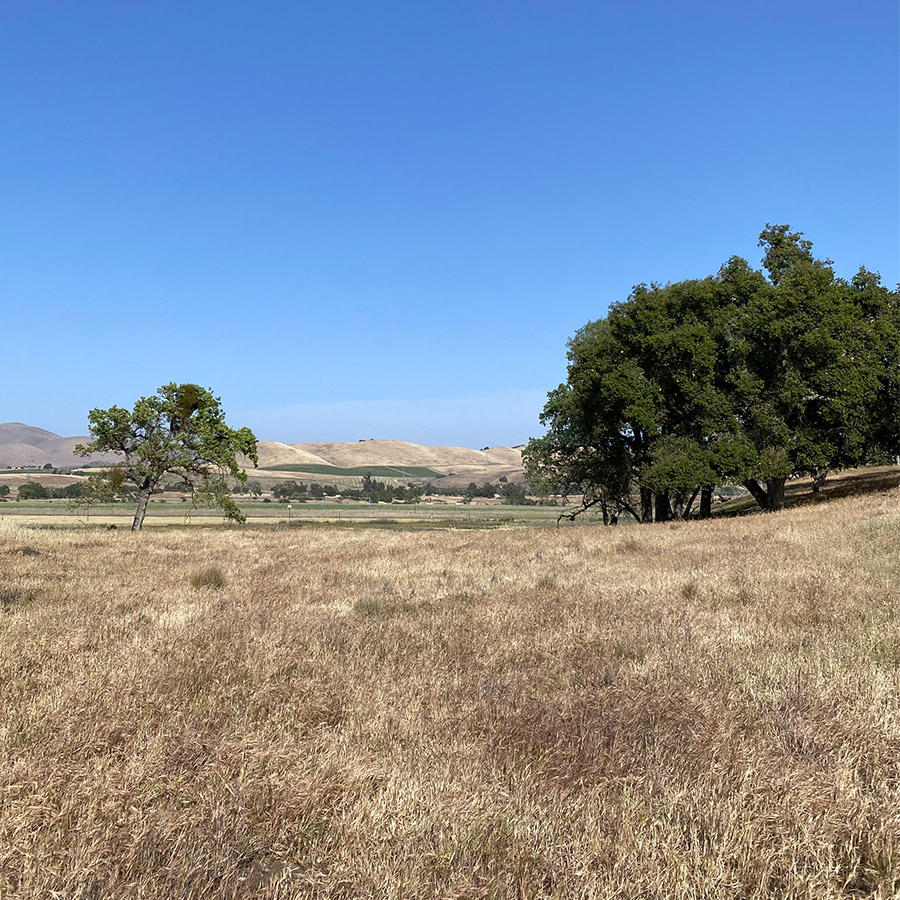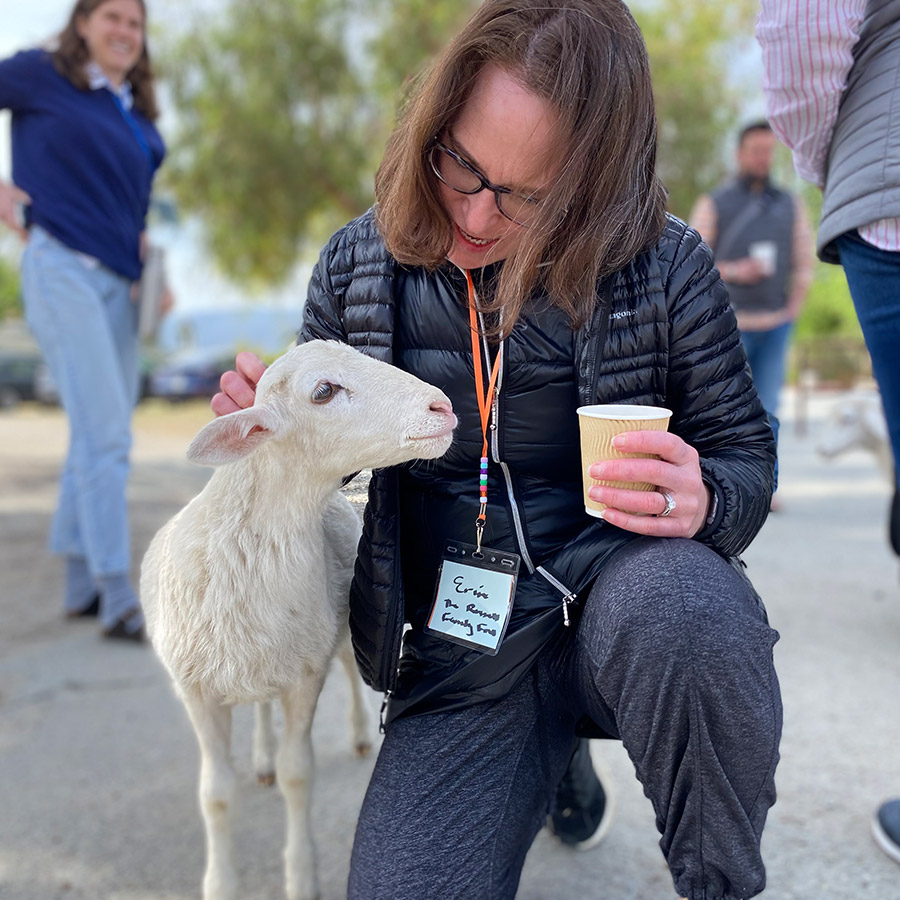story
Funders for Regenerative Agriculture Gathering at Paicines Ranch

Over the last several months, I’ve been helping to guide a strategic planning process with The Russell Family Foundation’s Board of Directors and staff that will lead to the design of a new grantmaking strategy for the Foundation. Food systems are one of the key topics we are exploring. As part of this learning journey, I recently had the opportunity to visit Paicines Ranch in San Benito County, California for a multi-day gathering of Funders for Regenerative Agriculture (FORA). Funders for Regenerative Agriculture is a relatively new collaborative of funders working to advance the adoption of regenerative agriculture. In its simplest form, “regenerative ag” refers to farming that simultaneously produces food while replenishing the health of the soil or environment, rather than depleting it of key nutrients and habitat.
While regenerative ag is a contemporary term coined by the Rodale Institute, the underlying principles have been implemented for generations by Indigenous Peoples. Their holistic approach to agriculture was grounded in the belief of working with the land, not against it.
Today, most of our country’s food comes from mass-scale, industrialized farming methods which rely heavily on the use of pesticides and fertilizers, minimal crop rotation, and other practices that contribute to topsoil reduction, nutrient-deficient soil, and the proliferation of greenhouse gases and polluted wastewater. Funders for Regenerative Agriculture is the proverbial kitchen table for philanthropies that are investing to redesign our country’s food systems (locally, regionally and nationally) to produce healthier food, care for the land and mitigate the impacts of climate change. Paicines Ranch presented the perfect setting to gather for deep conversation and hands-on learning about regenerative ag practices, what it takes to change food systems, and why it’s necessary.

Set on 7,600 acres of rolling hills, owner Sallie Calhoun sees the ranch as her living laboratory. She and her team are on a mission to “regenerate the health of the ecosystem from the soil up while growing delicious, nourishing food for our community.” They use planned grazing for their sheep, turkey, pigs, chickens and cattle which increases biodiversity, naturally fertilizes the soil, and helps with carbon sequestration.
As we strolled that day among the native perennial grasses, Sallie shared about mycelium and the magic entanglements that happen underfoot to nourish plant life. Practices such as incorporating cover crops, limiting tillage, and rotating crops are used across hundreds of acres devoted to growing organic vegetables and grain. The 25-acre vineyard uses sheep grazing, an innovative approach that was recently highlighted in a story by The New York Times. Walking the land, touching the earth and hearing the bird song made the conversations about science, policy and practice stick in ways that are impossible to replicate back at the office. Having enjoyed multiple meals with meat, veggies and grains grown on the farm, I can say it all tasted delicious too!
Our strategic planning process has involved lots of learning; through research, virtual panel discussions, site visits and conversations with a diverse range of organizations and leaders (including farmers) working in and around food systems. Our learning journey has also involved participation in funder collaboratives like FORA and Sustainable Agriculture and Food Systems Funders so that we can learn from other peers who have more experience in these areas. The visit to Paicines Ranch was an eye-opening and informative learning experience, and important step in this journey.